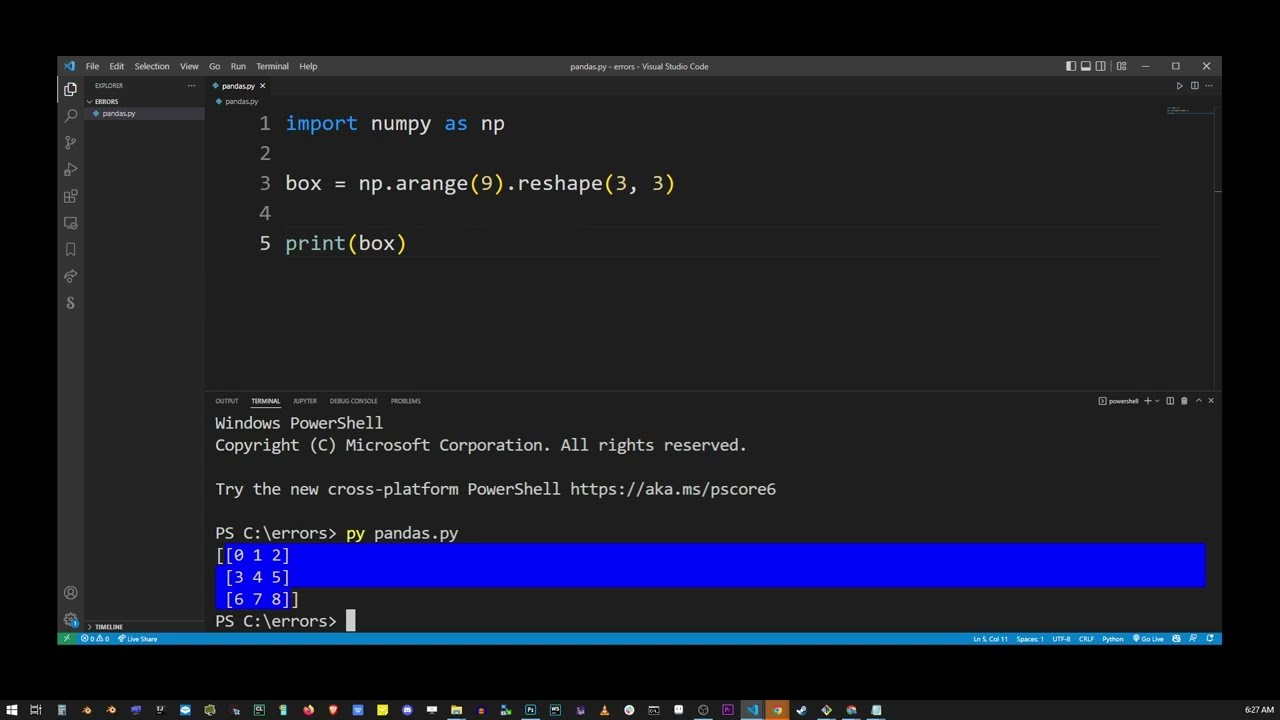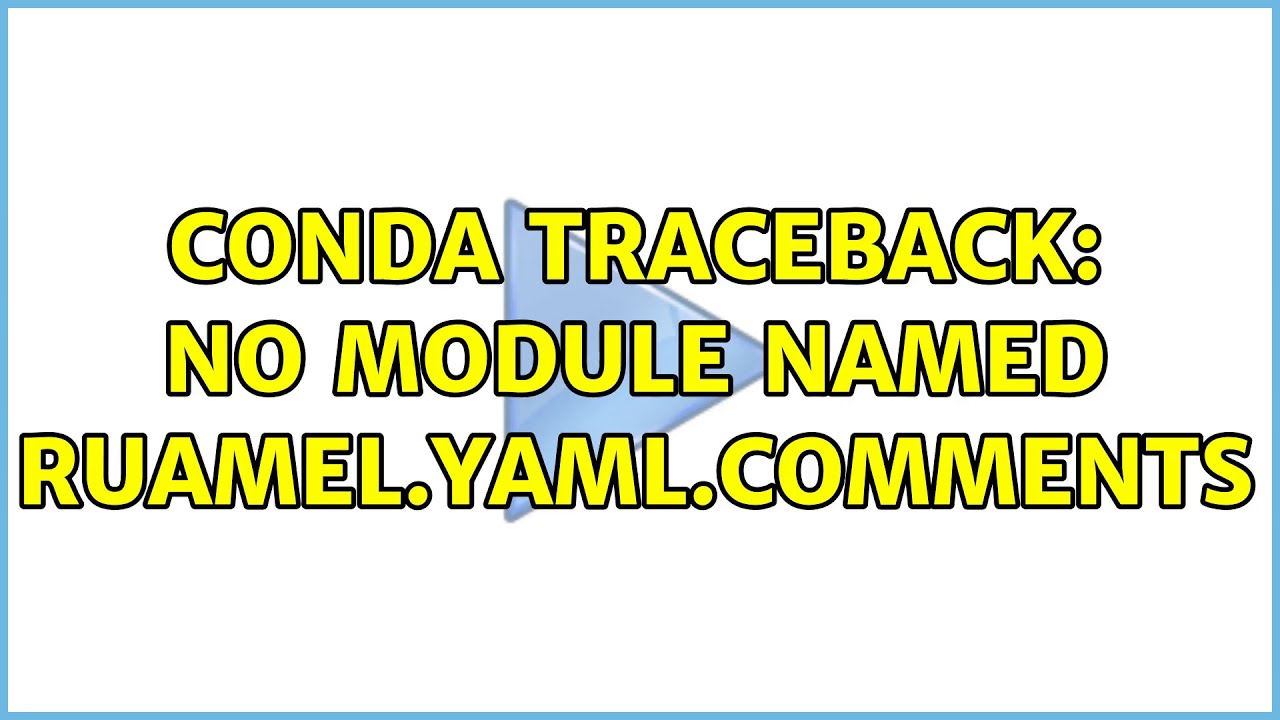How to solve ModuleNotFoundError: No module named ‘markdown-it-py’ effectively

Understanding the ModuleNotFoundError: A Deep Dive
In the world of Python programming, encountering errors is part of the journey. One of the common errors developers face is the ModuleNotFoundError. This specific error arises when the Python interpreter cannot locate the module specified in the script. An instance of this is the error message related to Markdown-it-py: “No module named ‘markdown-it-py’”. Understanding why this happens can significantly aid in troubleshooting.
What Triggers the ModuleNotFoundError?
Many factors can lead to this error. Let’s break down a few of the common triggers:
- Module not installed: This is perhaps the most basic reason. If you haven’t installed the markdown-it-py module in your virtual environment or globally, Python won’t be able to find it.
- Virtual environment issues: Sometimes you might be running your script outside the virtual environment where the module is installed.
- Misnamed modules: You may have a typo in the module name while trying to import it, leading Python to think it’s not installed.
Steps to Effectively Solve ModuleNotFoundError
To resolve the issue of encountering a ModuleNotFoundError related to the markdown-it-py, you can follow several steps. Tackling this issue requires a systematic approach:
1. Install Markdown-it-py
The first step in fixing this problematic error is ensuring that the module is correctly installed. Use the following command:
pip install markdown-it-pyThis command downloads the markdown-it-py package from the Python Package Index (PyPI). It’s important to make sure that you have the necessary permissions and that your pip version is up-to-date. To check and upgrade pip, use:
pip install --upgrade pip2. Verify Python Path
After confirming that the installation was successful, ensure that you’re operating within the right environment. To verify the installation path, you can run:
python -m siteThis command displays the list of directories used by Python to look for packages. Confirm that the directory containing markdown-it-py is listed in the output.
3. Check the Virtual Environment
Virtual environments are a great way to manage dependencies, but they can also lead to confusion. Always ensure that:
- You activate your virtual environment using
source env/bin/activatefor Unix or.envScriptsactivatefor Windows. - After activation, confirm the installed packages with
pip list, ensuring markdown-it-py appears in the list.
Using Alternative Methods for Installation
If the conventional installation via pip does not work or if you encounter unexpected issues, consider alternative installation methods. These methods can help establish the module on your system:
1. Installing from Source
Sometimes installing from the source can solve installation issues. To do this, follow these steps:
- Clone the repository:
git clone https://github.com/executablebooks/markdown-it-py - Navigate to the cloned directory:
cd markdown-it-py - Install using pip:
pip install .
2. Using Anaconda
If you are utilizing Anaconda as your environment manager, you can easily install the package using conda. Run:
conda install -c conda-forge markdown-it-pyThis installs the module in a straightforward manner, particularly if you’re already using other packages managed by Anaconda.
Sometimes, resolving the issue may lead to new errors. Here are some common issues you might face when working with markdown-it-py and their solutions:
1. Import Errors After Installation
Even after successful installation, you may encounter import errors. Ensure that the version of the module matches your Python version. You can check compatibility in the markdown-it-py documentation. Python 3.6 and above is generally required.
2. Conflicts with Other Packages
If you have other packages that might conflict with markdown-it-py, consider using pip’s capability to resolve dependencies automatically:
pip install markdown-it-py --use-feature=2020-resolver3. Performance Issues
Sometimes using libraries can affect performance. If you notice lag or performance issues, you can optimize your code or utilize profilers to identify bottlenecks.
Best Practices for Working with Python Modules
To prevent encountering the ModuleNotFoundError in the future, keep the following best practices in mind:
1. Regularly Update Your Packages
To maintain compatibility, ensure that all packages are updated frequently. You can use:
pip list --outdatedThis command will allow you to see which packages need an upgrade.
2. Maintain a Clean Virtual Environment
Having cluttered virtual environments can lead to confusion. Regularly review and clean up unused packages.
3. Keep Documentation Handy
Referencing module documentation can often provide insights that prevent common issues. Bookmark the markdown-it-py documentation for easy access.
Using Markdown-it-py for Enhanced Markdown Rendering
Now that you’ve tackled the ModuleNotFoundError, let’s explore why working with markdown-it-py is beneficial for your projects. This library enhances the way Python handles Markdown, specifically offering features like:
1. Extensible Parser
Markdown-it-py allows you to create custom plugins, which adds flexibility to the Markdown rendering process. You can create additional syntax parsing features as needed.
2. Fast Rendering
This library is known for its performance. It can efficiently parse large amounts of Markdown text, making it suitable for applications that require quick rendering of content.
3. Support for Various Markdown Features
Markdown-it-py supports a wide range of Markdown syntax and can easily handle common use cases:
- Tables
- Nested lists
- Emphasis and strong emphasis
By integrating markdown-it-py into your projects, you can significantly improve how Markdown is rendered, leading to a better user experience.





